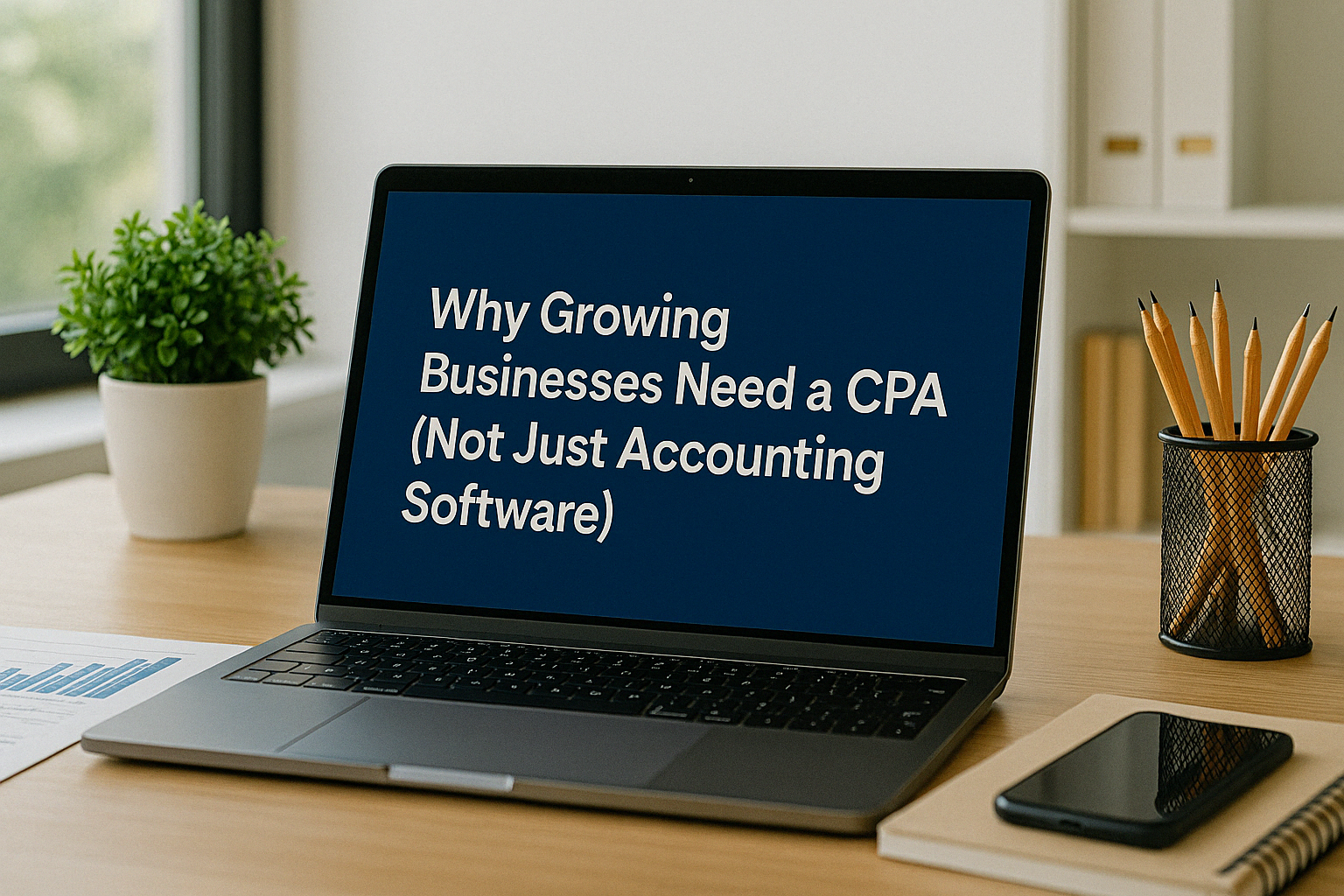Understanding Tax Credits vs. Tax Deductions

Navigating tax season can be tricky, especially when it comes to understanding the difference between tax credits and tax deductions. These two strategies can significantly reduce your tax bill, but they work in different ways. At Straight Talk CPAs, we’re here to clarify the differences and help you make the most of both.
What Are Tax Deductions?
Tax deductions lower your taxable income, which means you pay taxes on a smaller amount of money. They are expenses the IRS allows you to subtract from your total income, reducing the portion subject to taxation.
Examples of Common Deductions:
- Home Office Deduction: If you work from home and use a dedicated space for business purposes, you can deduct related expenses like utilities and rent.
- Health Savings Accounts (HSAs): Contributions to an HSA reduce your taxable income, and qualified withdrawals are tax-free.
- Depreciation on Business Assets: Business owners can claim deductions for the wear and tear of equipment or property.
- Charitable Contributions: Donations of cash, goods, or appreciated assets like stocks can qualify for deductions, sometimes at full market value.
- Bunching Deductions: Strategically timing deductible expenses, like charitable donations or medical expenses, in one year to exceed the standard deduction.
How Deductions Work:
For instance, if your income is $80,000 and you claim $12,000 in deductions, your taxable income drops to $68,000. This can lower your tax rate and save you money.
What Are Tax Credits?
Tax credits directly reduce the amount of taxes you owe. Unlike deductions, which lower taxable income, credits provide a dollar-for-dollar reduction in your tax bill.
Examples of Tax Credits:
- Energy Efficiency Tax Credits: Installing solar panels, energy-efficient windows, or other green upgrades to your home can reduce your tax liability.
- Child Tax Credit: Parents can claim this credit for qualifying children under 17.
- Earned Income Tax Credit (EITC): Designed to benefit low-to-moderate-income workers, this credit can result in significant savings.
- Education Credits: The American Opportunity Credit and Lifetime Learning Credit apply to tuition and other education-related expenses.
- Work Opportunity Tax Credit (WOTC): Employers can reduce taxes by hiring individuals from specific groups, such as veterans or those who have faced significant barriers to employment.
How Credits Work:
If your tax liability is $4,000 and you qualify for a $1,500 tax credit, your tax bill is reduced to $2,500.
Key Differences Between Tax Credits and Tax Deductions
| Aspect | Tax Deductions | Tax Credits |
|---|---|---|
| Impact on Taxes | Lowers taxable income | Directly reduces tax owed |
| Dollar-for-Dollar Value | Depends on your tax bracket | Offers full value, regardless of income |
| Examples | Home office, medical expenses | Child Tax Credit, EITC, energy credits |
Pro Tip:
Credits often have a greater financial impact than deductions because they directly reduce the amount of tax you owe
How to Maximize Tax Savings
1. Review Your Filing Status:
Certain statuses, like Head of Household, provide higher standard deductions and can make you eligible for additional credits.
2. Optimize for Lesser-Known Deductions:
- The Augusta Rule: If you rent your personal residence to your business for meetings, you can claim the rental income tax-free.
- Qualified Improvement Property (QIP): Interior improvements to non-residential property can qualify for accelerated depreciation.
3. Leverage Both Refundable and Non-Refundable Credits:
Refundable credits (like the EITC) can result in a refund even if you owe no taxes, while non-refundable credits reduce your liability to zero.
4. Keep Organized Records:
Track expenses throughout the year, such as business mileage, charitable contributions, and medical expenses. Staying organized helps ensure no opportunity is missed.
5. Consult Tax Experts:
Professionals at Straight Talk CPAs specialize in identifying and maximizing both deductions and credits, ensuring you save as much as possible.
Common Misconceptions
"Credits and Deductions Are the Same":
Credits reduce the tax you owe directly, while deductions reduce taxable income. Both are valuable but serve different purposes.
"Only High-Income Earners Benefit":
While high earners may leverage certain deductions, credits like the EITC specifically target low-to-moderate earners, making tax strategies accessible to everyone.
Final Thoughts
Understanding the difference between tax credits and deductions is the key to keeping more of your hard-earned money. Combining these strategies effectively can reduce your taxable income and directly cut your tax bill.
At
Straight Talk CPAs, we help clients navigate these complexities and maximize every savings opportunity.
Contact us today to ensure your tax strategy is working as hard as you do.
Discover Your Tax Savings Score in Minutes!


Salim is a straight-talking CPA with 30+ years of entrepreneurial and accounting experience. His professional background includes experience as a former Chief Financial Officer and, for the last twenty-five years, as a serial 7-Figure entrepreneur.




